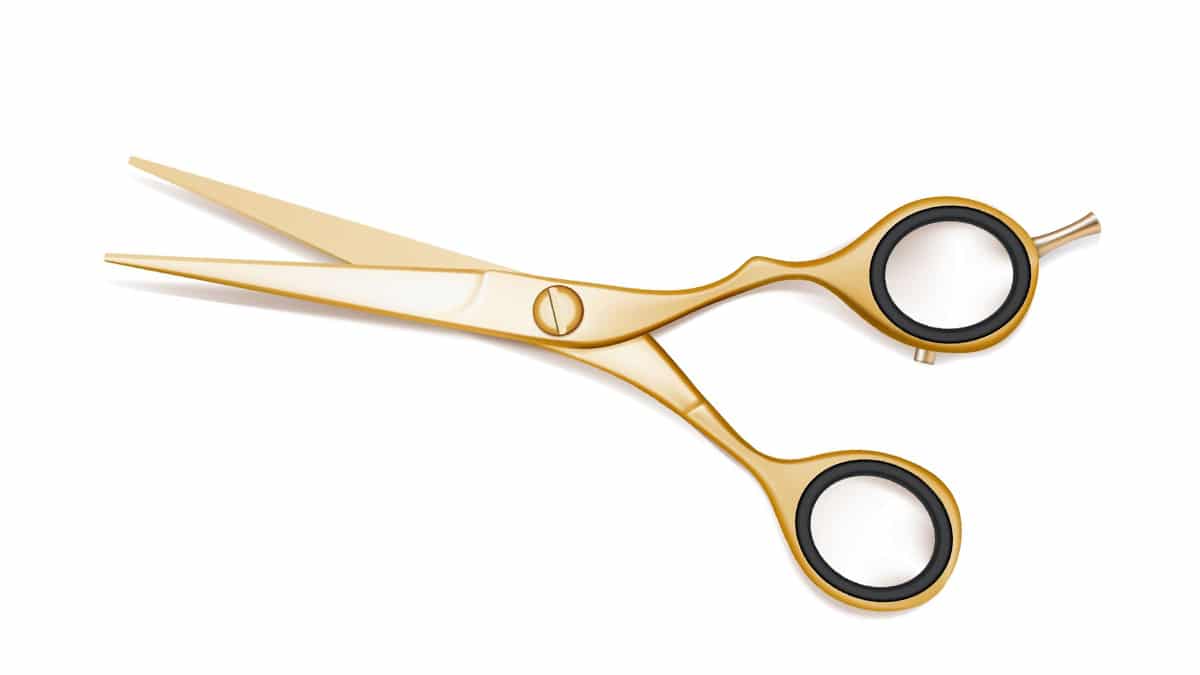In this guide
In the run-up to retirement, putting some extra money into your super can be a sensible idea. The same goes if you’re lucky enough to receive an inheritance or sell a large asset.
Not only will it give your retirement savings a boost, but when you withdraw super in retirement phase the income is generally tax free.
However, the contribution caps (or limits) can make it tricky to get a large amount of after-tax money into your super account in a single year. One solution is to use a bring-forward arrangement.
Removal of the work test and changes to the upper age limit for making bring-forward contributions from 1 July 2022 mean many older Aussies are now able to take advantage of the valuable opportunity these arrangements provide.
What is a bring-forward arrangement?
Although it sounds complicated, bring-forward contributions are just what they sound like. You can automatically bring forward your non-concessional contributions caps (or limits) from future years to contribute more than the non-concessional cap during a financial year without generating excessive contributions and paying additional tax.
Bring-forward arrangements are different from carry-forward contributions, which involve using previously unused concessional (before-tax) contributions cap amounts on a rolling five-year basis. Bring-forward arrangements, on the other hand, involve non-concessional contributions.
Learn about carry-forward contributions.
Need to know: Bring-forward arrangements use non-concessional contributions and are made using your after-tax income or savings. The contributions are not taxed as they enter your super fund but, once they’re there, associated investment earnings are taxed at a maximum of 15%.
From 1 July 2024, the annual non-concessional (after-tax) contributions cap is $120,000.
A bring-forward arrangement is triggered automatically if you are eligible and you contribute more than the annual non-concessional cap in a single financial year. Once you trigger a bring-forward arrangement, you have a bring-forward period, which usually lasts three financial years including the year you triggered the arrangement.
When the rule is triggered, your bring-forward amount is set. This is three times the annual cap for a three-year arrangement. If you do not contribute more than your bring-forward amount during your bring-forward period, you will not generate excessive contributions and will not need to pay additional tax.
For example, you could contribute three times the cap in the first year and make no further contributions in the second and third year. Alternatively, you could contribute one and a half times the cap in the first year and spread the remaining amount over the two following years.
If your total superannuation balance was higher than $1.9 million on the previous 30 June, your non-concessional cap is zero and you cannot use the bring-forward rule.
Need to know: Once you trigger a bring-forward arrangement in a particular year, any change to the non-concessional contributions cap during your bring forward period will not apply to you, so you are unable to take advantage of any increase in the contributions cap. Similarly, any future decrease in the cap will not apply to you.
Background to the 1 July 2022 rule changes
Until 30 June 2022, you needed to be under age 67 during a financial year to start a bring-forward arrangement.
From 1 July 2022, the age limit increased to age 75, allowing people in their early 70s to start a bring-forward arrangement. If you’re under age 75 at any time in a financial year you may now be eligible to make a contribution of up to three times the annual general non-concessional cap in that financial year.
In fact, you actually have a little extra time. If you are turning 75, you have up to 28 days after the end of the month in which you turn 75 to make a personal contribution to your super fund. Even so, it’s wise not to leave it to the last minute as your super fund may not process it immediately.
Another important change from 1 July 2022 onwards was that if you’re younger than 75, you no longer need to meet the work test for your super fund to be permitted to accept your non-concessional contributions. So, even if you’re not working you can now use the bring-forward rules.
Learn more about the work test.
Case study 1
Bernard was 74-years-old on 1 July 2024. His total super balance at 30 June 2024 was $800,000.
Bernard’s age makes him eligible to use a bring-forward arrangement. During the 2024–25 financial year, he plans to make the following non-concessional contributions to his super fund:
- $75,000 in October 2024
- $75,000 in April 2025
Bernard has automatically triggered a bring-forward arrangement by contributing $150,000 – more than the non-concessional contributions cap – during the financial year.
Bernard can bring forward his non-concessional cap from the two following financial years even though he will be over 75 (and not eligible to make contributions other than downsizer amounts and employer contributions) during those years.
Who is eligible to use a bring-forward arrangement?
If you want to use the bring-forward rules, you need to check you meet all of the three eligibility criteria before you make your contribution:


















